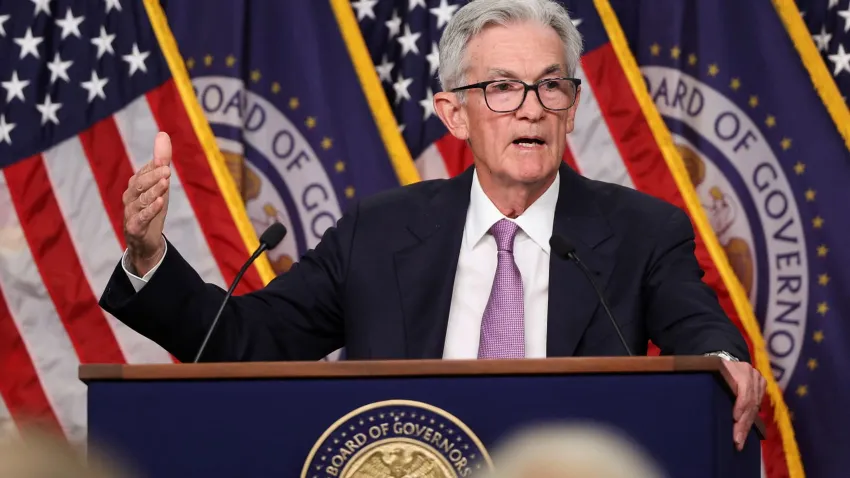Featured
article
- Get link
- X
- Other Apps
Federal Feserve Lowers Interest Rates Amid Economic Uncertainty

In a move aimed at bolstering the economy, the Federal Reserve has cut interest rates by 25 basis points, bringing the new target range to 4.50%-4.75%. This decision marks the second consecutive rate cut by the central bank, following a larger 50-basis-point reduction in September.
The Federal Open Market Committee (FOMC) justified the rate cut as a necessary step to support its dual mandate of maintaining stable prices and maximizing employment. Recent economic data has shown mixed signals, with inflation cooling but the labor market showing signs of softening. The latest Personal Consumption Expenditures (PCE) index indicated that inflation rose 2.1% in September, close to the Fed’s 2% target, but core inflation remained steady at 2.7%.
Fed Chair Jerome Powell emphasized the importance of this adjustment in a press conference, noting that the central bank is committed to navigating the complex economic landscape to ensure sustainable growth. The unanimous vote by the FOMC reflects a cautious approach to monetary policy as the Fed continues to balance the risks of inflation and employment.
This rate cut is expected to make borrowing slightly cheaper for consumers and businesses, potentially stimulating economic activity. However, the Fed’s removal of certain language from its policy statement has raised questions about the pace and number of future rate cuts.
As the economic outlook remains uncertain, the Federal Reserve’s actions will be closely watched by markets and policymakers alike.
Popular Posts
Trump's Six Words: "I'm Going to Stop the Wars"
- Get link
- X
- Other Apps
Smart Savings for a Sharp School Start: Canadian Parents’ 2025 Guide
- Get link
- X
- Other Apps



Comments
Post a Comment